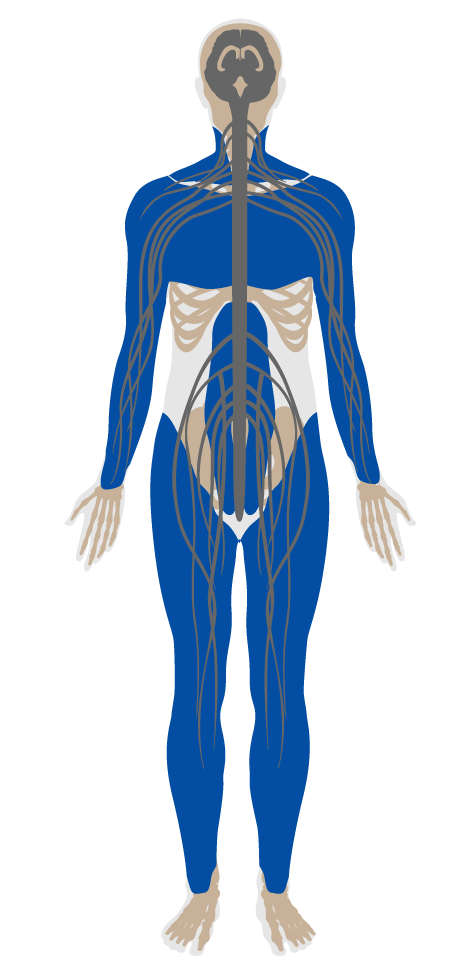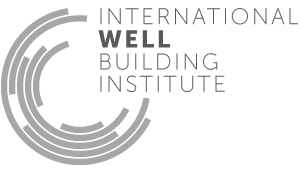Electric light glare control
- 52 Mindful eating
- 53 Visual lighting design
- 54 Circadian lighting design
- 55 Electric light glare control
- 56 Solar glare control
- 57 Low-glare workstation design
- 58 Color quality
- 59 Surface design
- 60 Automated shading and dimming controls
- 61 Right to light
- 62 Daylight modeling
- 201 Food environment
- 202 Light at night
55. Electric light glare control
Non-diffuse bright indoor lights create uneven levels of brightness in the visual field. The resulting glare can cause visual fatigue and discomfort.
This feature sets limits on glare based on measures of luminous intensity, or luminance per area of light source. This quantity, often given in cd/m² or foot-lamberts, can be measured directly or calculated from lighting specification sheets with sufficient detail. Light fixtures of greater luminous intensity require a greater shielding angle to reduce the likelihood of creating direct glare for occupants.
The following Light Reflectance Values (LRV) are met:
The following requirements are met:

Applicability Matrix
| Core & Shell | Tenant Improvement | New Construction | |
|---|---|---|---|
| Part 1: Working and Learning Area Surface Reflectivity | - | O | O |
| Part 2: Lamp Shielding in Sport Centers | - | - | - |
| Commercial Kitchen | Schools | Multifamily Residential | Restaurant | Retail | |
|---|---|---|---|---|---|
| Part 1: Working and Learning Area Surface Reflectivity | O | O | - | - | - |
| Part 2: Lamp Shielding in Sport Centers | - | - | - | - | - |
Verification Methods Matrix
| Letters of Assurance | Annotated Documents | On-Site Checks | |
|---|---|---|---|
|
PART 1 (Design) Working and Learning Area Surface Reflectivity |
Architect |
| 55.1.b |
Office Lighting: Motivating and Efficient notes that to avoid glare caused by bright light sources, lamps should be shielded. The minimum shielding angle for lamp luminance of 20,000 - 50,000 cd/m² is 15°. |
| 55.1.c |
Office Lighting: Motivating and Efficient notes that to avoid glare caused by bright light sources, lamps should be shielded. The minimum shielding angle for lamp luminance of 50,000 - 500,000 cd/m² is 20°. |
| 55.1.d |
Office Lighting: Motivating and Efficient notes that to avoid glare caused by bright light sources, lamps should be shielded. The minimum shielding angle for lamp luminance of 500,000 cd/m² and above is 30°. |
| 55.2.a |
ANSI/IES American National Standard Practice for Office Lighting (RP-1-12) notes that luminaires at angles higher than 53° above horizontal may cause discomfort, and that such luminaires should be less than 8,000 cd/m². |
